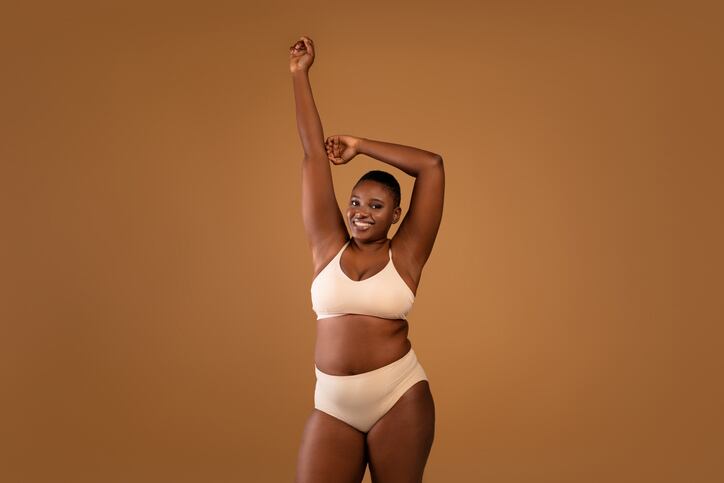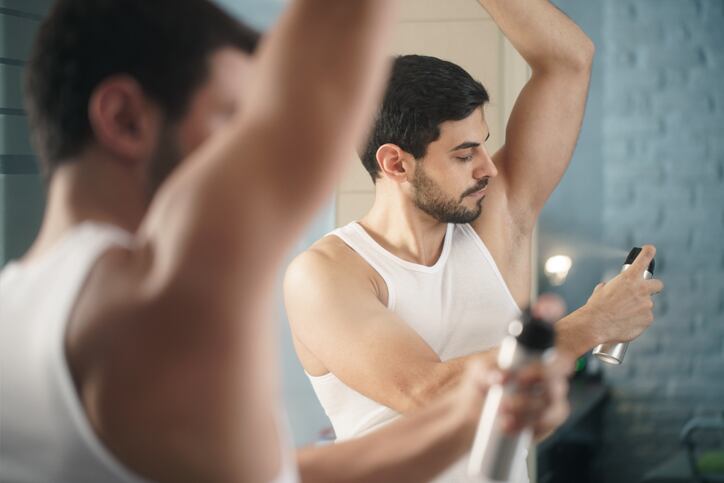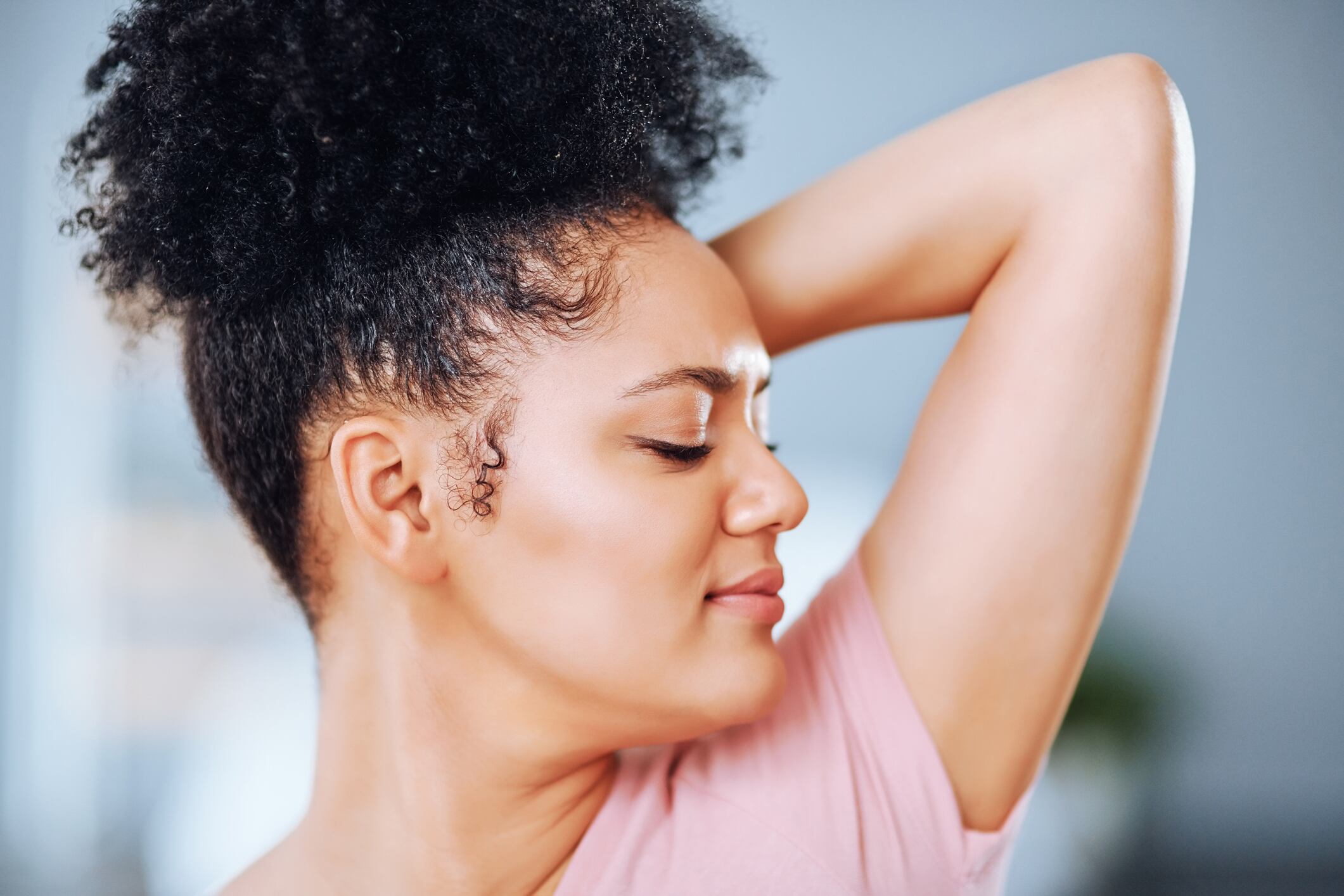In 2018, after around eight years of research and development, Unilever commercialised its patented 72-hour protection deodorant and antiperspirant technology under the Rexona brand in Australia. Fast-forward four years and the company had since rolled the tech out across other lines and now wanted to stretch innovation even further, taking performance beyond the existing sweat and odour protection claims.
“The conversation I’m now having with our deodorant team is we need another [innovation]. Around about 2030, we’ll need the next big thing,” said Alan Palmer, chief R&D officer for personal care at Unilever.
Speaking to CosmeticsDesign-Europe, Palmer said this was, in part, because the patents on the current microtechnology would end in 15 years or so, opening access up to competitors, but also because Unilever wanted to stay ahead of the game in deodorants.
The ‘fourth breakthrough in the last 120 years’
And the game, he said, was filled with “a number of formidable competitors all doing research”, meaning there was plenty of Intellectual Property (IP) to navigate around in deodorant and antiperspirant innovation.
This was largely why it had taken Unilever eight years to finalise its microtechnology, he said – an innovation the company said had been a game-changer for the category.
“I would argue this is the fourth breakthrough in the last 120 years in this sector (…) These things don’t come around very often.”
“…It’s not so much a lack of innovation, it’s just developing technology in this space is incredibly challenging,” Palmer said.
And Unilever’s innovation had certainly faced challenges in the developmental phases, he said.
Chemistry, application and upscale
The antiperspirant tech centred on an activated aluminium chlorohydrate to ensure it remained “highly efficacious” in creating a sweat barrier, achieved using microtechnology, new chemistry processes and a careful combination of other components.
“Cracking the chemistry”, Palmer said, had been the first big challenge, and had been achieved through lengthy internal investigations but also collaboration with labs and universities around the world, notably the UK government-funded Daresbury Laboratory. Activating and keeping the aluminium chlorohydrate molecule active in a range of formulas had then been the second significant challenge, particularly in formats beyond aerosols like sticks and roll-ons, he said. The previous antiperspirant active Unilever had patented, for example, deactivated when put in water, so the team had relied on microtechnology to “lock that level of activation” when integrating into formats with a water content, he said.
Beyond this, Palmer said the final hurdle had been outsourcing the upscaled manufacture of the new active, particularly given it required entirely new manufacturing processes and chemistry. Unilever and the manufacturers had to also had to ensure the technology held true when being made in the hundreds of tons.
‘Dialling up and dialling down the benefit’
Palmer said Unilever was now focused on extending use of this technology across its portfolio to reach a wider set of consumers – eventually aiming to serve those buying 5-10ml sachets or lotions through to those able to afford high-performing aerosols. The company recently integrated the patented technology, for example, into the Sure ‘advanced protection’ mass market line, taking it beyond the initial clinical strength offering made with the Rexona Australia launch, he said.
“Dialling up and dialling down the benefit is what we’re currently doing. That will give you a bit of an indication of the consumer vectors we can take this to,” he said.
“…What I can’t do, unfortunately, is share all our innovation plans for the next few years. But you can imagine with a core technology like this, that delivers against the core benefit that consumers are looking for from an antiperspirant, you can imagine it’s got a lot of options for leveraging across our business,” Palmer said.




